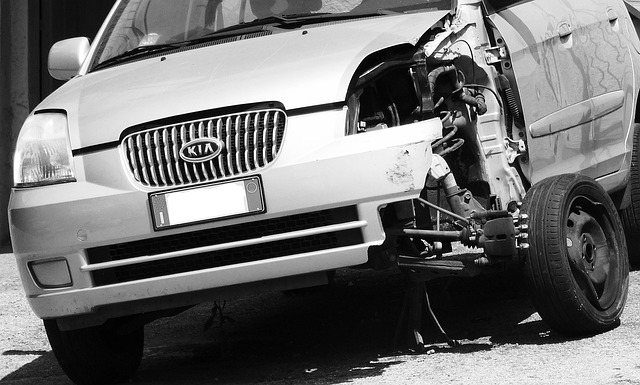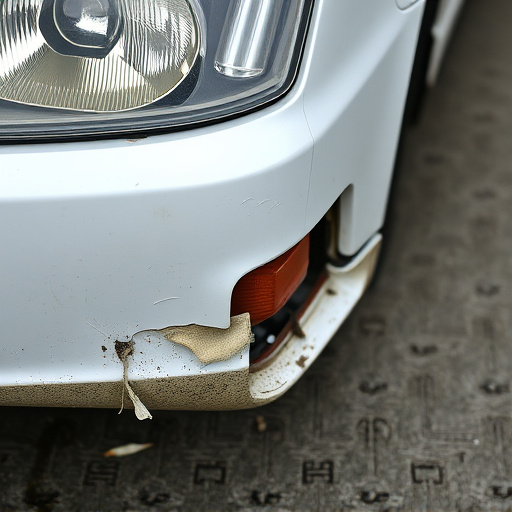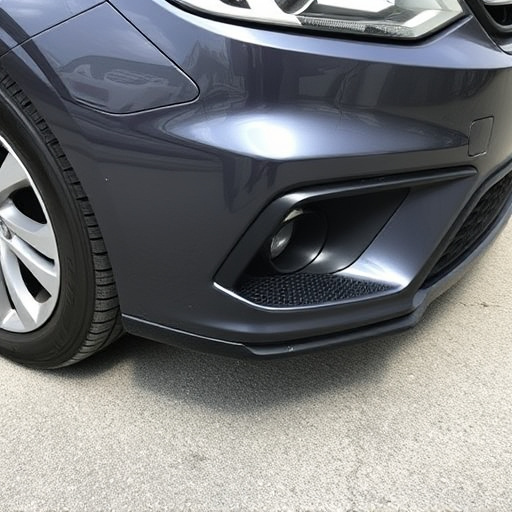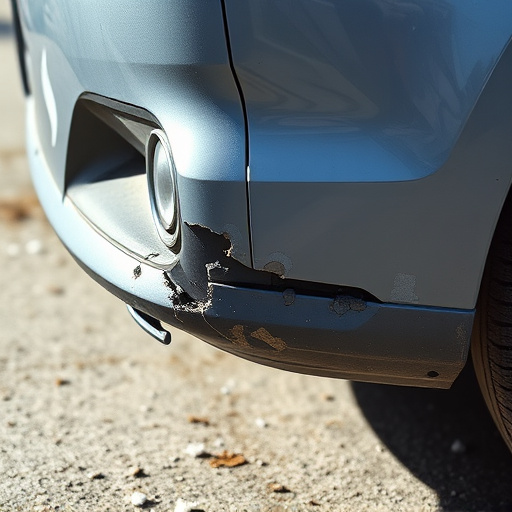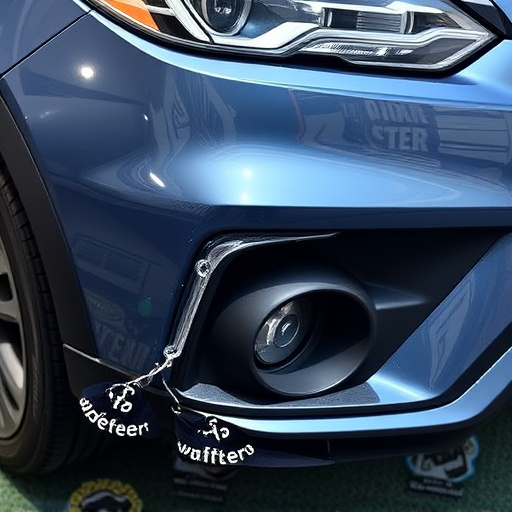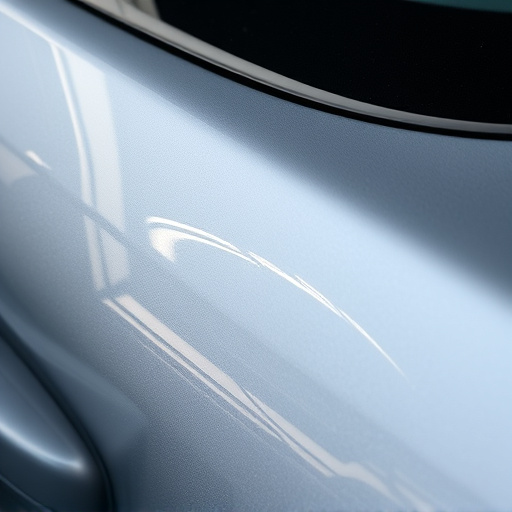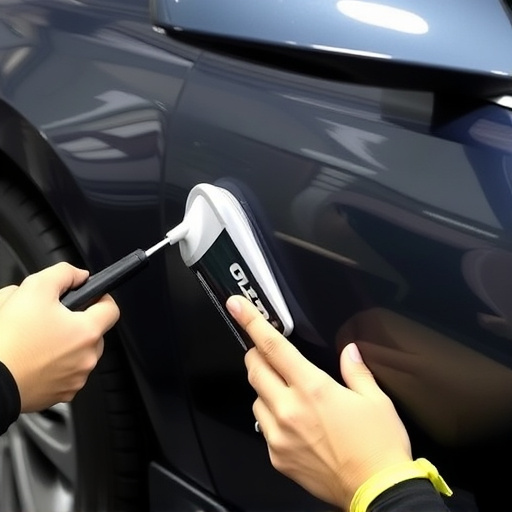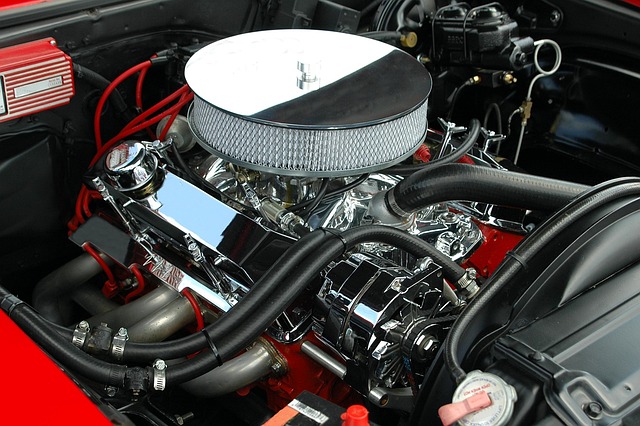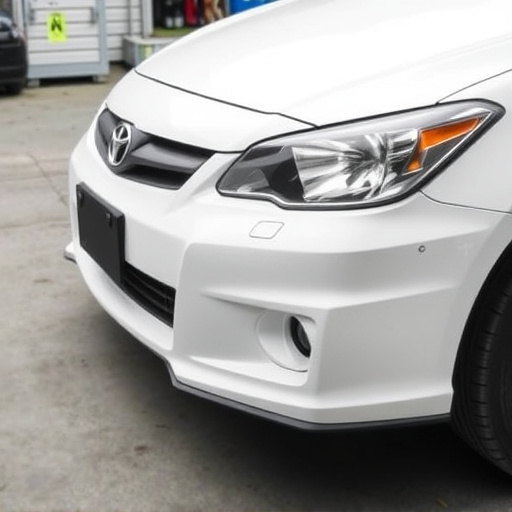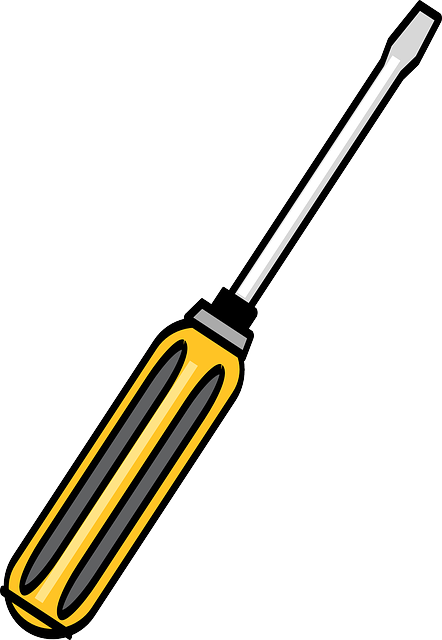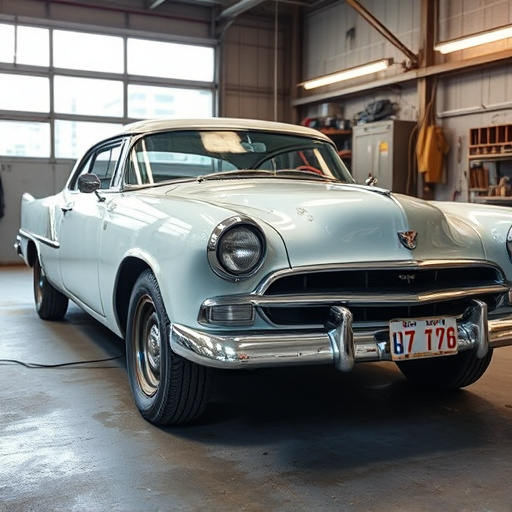The Mercedes AMG body kit, a key component for high-performance vehicles, combines design and aerodynamics. It requires regular inspection and specialized repairs due to its intricate composite materials like carbon fiber and kevlar. Proactive maintenance ensures not only the vehicle's aesthetic appeal but also its safety and performance, underscoring the importance of professional Mercedes AMG body kit repair services.
Uncover the secrets to identifying problems within your Mercedes AMG body kit, a crucial aspect of maintaining its aesthetics and performance. This comprehensive guide breaks down the essential components, their functions, and the materials used, offering insights into typical durability. Learn to recognize visual cues and performance indicators of wear and damage. From there, master the art of diagnosing specific issues with a step-by-step approach, ensuring you’re equipped to address or defer to professional repair for your AMG body kit.
- Understanding AMG Body Kit Components
- – Breakdown of common parts and their functions
- – Materials used and their typical durability
Understanding AMG Body Kit Components

The Mercedes AMG body kit is a complex system of components designed to enhance the aesthetics and performance of high-performance vehicles. It includes various parts such as front and rear bumpers, fenders, side skirts, spoilers, and diffusers, all meticulously engineered to create an aggressive and dynamic look. Each component plays a crucial role in reducing drag, improving aerodynamics, and enhancing the vehicle’s stability at high speeds.
Understanding these AMG body kit components is essential when it comes to identifying potential problems. Regular inspection is key; looking for signs of damage, corrosion, or misalignment can indicate issues that may require Mercedes AMG body kit repair. This proactive approach ensures not only the visual appeal but also the safety and performance of your vehicle, as even a slight malfunction in these parts could affect handling and stability during driving, making automotive collision repair a real concern.
– Breakdown of common parts and their functions
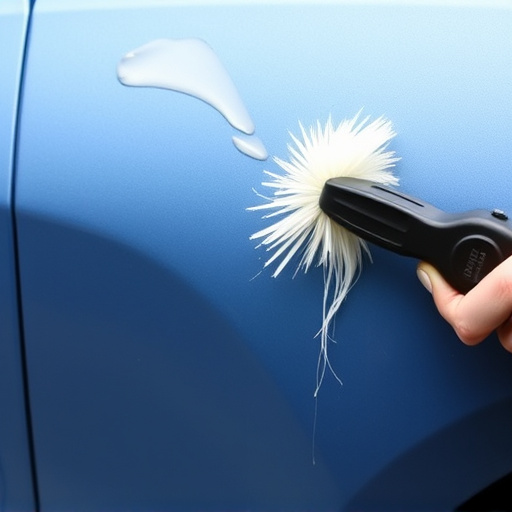
The Mercedes AMG body kit is a complex assembly of components designed to enhance the vehicle’s aesthetics and performance. A thorough understanding of its various parts and their functions is essential for effective Mercedes AMG body kit repair. Among the critical elements are the front and rear bumpers, which not only contribute to the car’s striking design but also serve as impact absorbers in collisions. Next, the side skirts and spoilers are integral to the vehicle’s aerodynamics, reducing drag and increasing stability at high speeds. These components also play a visual role, giving the AMG its distinctive, sporty look. The fenders, too, deserve mention for protecting the wheels and tires from road debris while adding to the overall aggression of the car’s profile.
When it comes to car body repair on an AMG, addressing issues in these parts requires specialized knowledge and tools. For instance, a dented bumper might need professional paintless dent repair techniques to restore its original shape and finish. Damaged or misaligned components like side skirts or spoilers may necessitate precise measurements and custom fabrication for accurate replacement. An auto body shop with experience in high-performance cars like Mercedes AMG is best equipped to handle such repairs, ensuring the vehicle’s structural integrity, aesthetic appeal, and optimal performance are maintained.
– Materials used and their typical durability
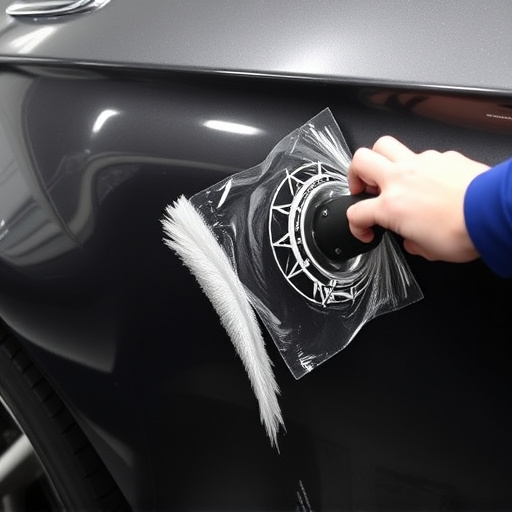
Mercedes AMG body kits are renowned for their sleek design and high-performance capabilities, but like any automotive component, they require proper care and maintenance to ensure longevity. The materials used in these kits play a significant role in determining their durability. Typically, top-tier manufacturers utilize advanced composite materials, such as carbon fiber and kevlar, known for their lightweight properties and exceptional strength-to-weight ratios. These materials are often chosen for their ability to withstand extreme conditions, including high-speed cornering, sharp turns, and the rigors of track driving.
When it comes to AMG body kit repair, understanding the material’s characteristics is crucial. Carbon fiber, for instance, is highly resistant to corrosion and can maintain its structural integrity over time with proper care. However, it is susceptible to damage from impact or exposure to harsh chemicals. Kevlar, on the other hand, offers excellent protection against penetration and fragmentation but may not be as resilient against severe impacts. Knowing these material properties allows car enthusiasts and professionals to identify potential issues early on, ensuring prompt Mercedes AMG body kit repair and maintaining the vehicle’s performance and aesthetics.
Identifying issues in a Mercedes AMG body kit repair requires understanding its various components and their expected performance. By knowing the materials, common parts, and their functions, car enthusiasts can promptly detect any anomalies. Regular maintenance and early detection of problems are key to preserving the quality and durability of an AMG body kit, ensuring it continues to enhance the vehicle’s aesthetic appeal and overall performance.
